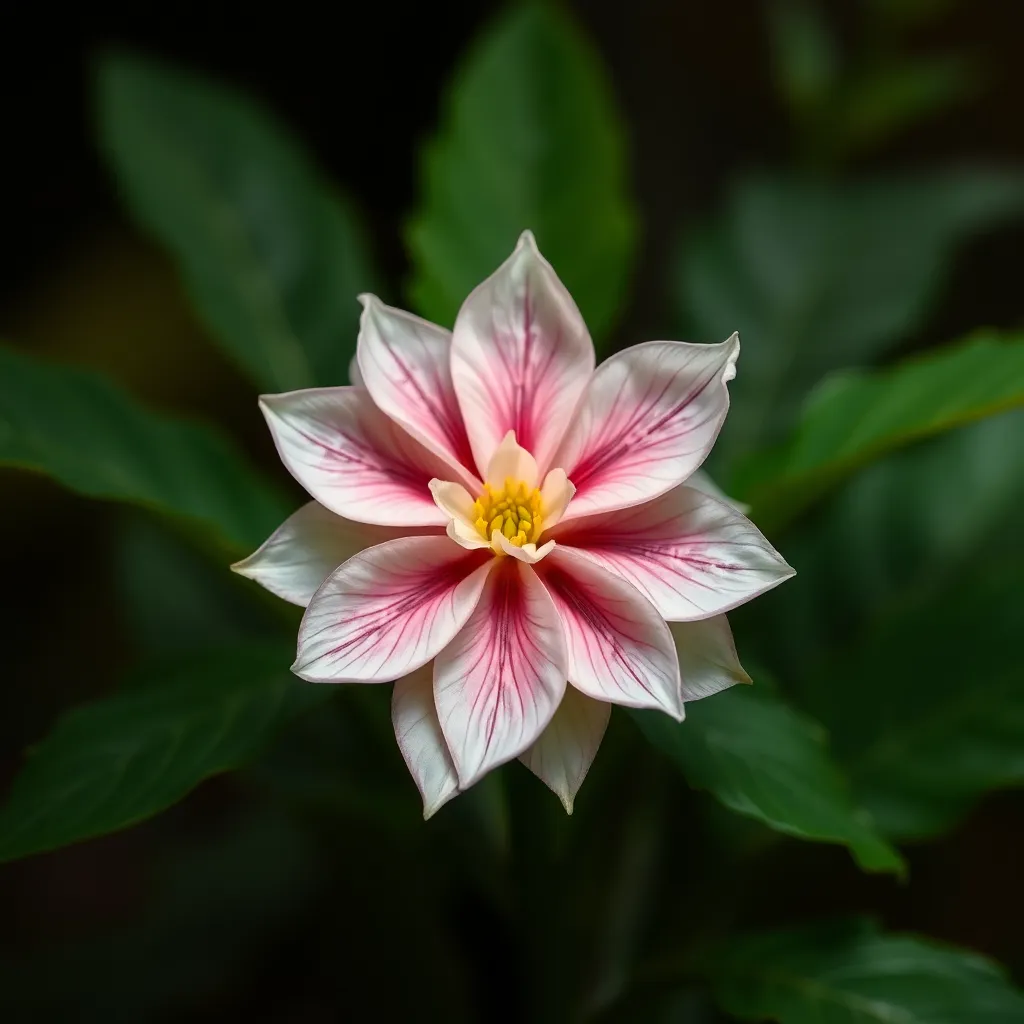The Role of Sacred Flora in Egyptian Mythological Texts
I. Introduction
The concept of sacred flora in Egyptian mythology refers to plants that held special significance within the cultural, spiritual, and religious frameworks of ancient Egypt. These plants were not merely components of the Egyptian landscape; they were imbued with deep symbolic meanings that resonated throughout the society.
In ancient Egyptian culture, plants played a crucial role in daily life, agricultural practices, and religious rituals. They served not only as sustenance but also as symbols of life, death, and the divine. This article will explore the importance of sacred flora as depicted in mythological texts, shedding light on their significance in the context of ancient Egyptian spirituality.
II. Historical Context of Flora in Ancient Egypt
The ancient Egyptians were highly skilled in agriculture and botany, utilizing the fertile lands along the Nile River to cultivate a variety of plants. The annual flooding of the Nile deposited rich silt on the banks, allowing for the growth of essential crops and the flourishing of diverse flora.
Plants held multifaceted symbolism in ancient Egyptian life, often intertwined with religious practices. They were associated with various deities and were integral to numerous rituals. Significant periods in Egyptian history, such as the Old Kingdom and the New Kingdom, saw an emphasis on plant worship, reflecting the society’s reverence for nature.
III. Sacred Plants and Their Mythological Significance
Several plants were particularly esteemed in Egyptian mythology, each carrying unique meanings:
- The Lotus: This flower symbolized creation and rebirth, often associated with the sun god Ra. It was believed to bloom at dawn and close at night, embodying the cycle of life.
- The Papyrus: Linked to the Nile River, the papyrus plant represented the afterlife and was used to create scrolls for sacred texts. Its resilience and adaptability made it a powerful symbol of endurance.
- Acacia: Revered for its durability, acacia trees were associated with the goddess Isis and symbolized immortality.
- Sycamore: Often depicted in tombs, the sycamore tree represented protection and was linked to the goddess Nut, who was believed to shelter the deceased.
IV. Flora in Creation Myths
Plants play a vital role in various creation myths within Egyptian cosmology. In the Heliopolitan creation myth, the primordial waters of Nun gave rise to the lotus, which emerged from the water and produced the sun god Ra. This narrative illustrates the essential connection between plants and the origins of life.
Moreover, in the Ogdoad cosmology, the interplay of chaos and order is reflected in the significance of flora. Plants are often seen as manifestations of the divine, bridging the gap between the earthly and the celestial.
The interconnectedness of plants and divine beings highlights the integral role that flora played in shaping the mythological landscape of ancient Egypt.
V. Flora in the Afterlife and Funerary Texts
The Book of the Dead, a key funerary text, features numerous references to sacred flora. Plants such as the lotus and papyrus were believed to aid the deceased in their journey to the afterlife, symbolizing resurrection and eternal life.
In tomb art and artifacts, plants were often depicted alongside deities and scenes of the afterlife, reinforcing their symbolic significance. Rituals involving sacred plants during burial practices included offerings and the placement of floral arrangements in tombs, fostering a connection between the living and the dead.
VI. Sacred Flora in Myths of the Gods and Goddesses
Deities in Egyptian mythology often had specific plants associated with them, reflecting their attributes and roles:
- Isis and the Sycamore: Isis, the goddess of motherhood and magic, was frequently depicted in association with the sycamore tree, symbolizing protection and nourishment.
- Ra and the Lotus: Ra, the sun god, was closely linked to the lotus, which represented his rebirth with each sunrise.
Flora also served as gifts or offerings to the gods, reinforcing the relationship between the divine and the natural world. The influence of sacred plants permeated divine narratives, shaping the stories and attributes of these revered figures.
VII. The Impact of Sacred Flora on Egyptian Culture and Art
Sacred plants were prominently represented in Egyptian art and architecture, reflecting their importance in society. From temple reliefs to decorative motifs, flora served as a visual language that conveyed religious beliefs and cultural values.
Literature and poetry from ancient Egypt frequently celebrated the beauty and significance of plants, intertwining botanical themes with spiritual and philosophical reflections. These representations have continued to influence modern interpretations of ancient Egyptian culture, inspiring art, literature, and even botanical studies.
VIII. Conclusion
In conclusion, sacred flora played a vital role in Egyptian mythological texts, serving as symbols of creation, rebirth, and the divine. The enduring legacy of plants in Egyptian spirituality is a testament to their significance in the cultural and religious landscape of ancient Egypt.
As we continue to explore the intersection of botany and mythology in ancient cultures, we can gain deeper insights into the beliefs and values that shaped civilizations. The sacred flora of Egypt reminds us of the profound connection between nature and spirituality, a theme that resonates across time and cultures.




